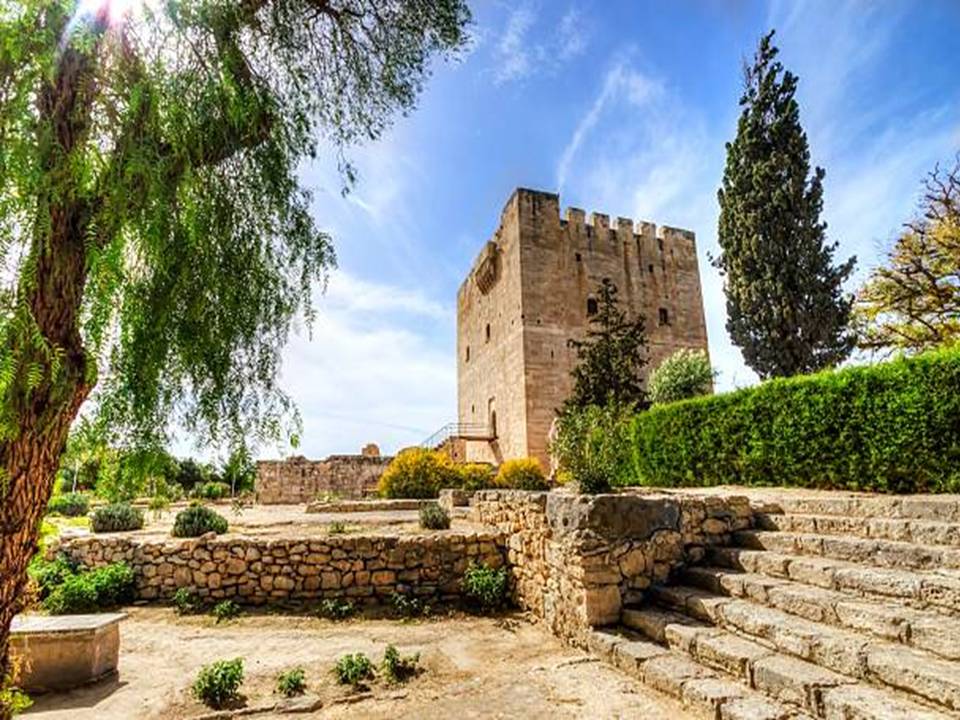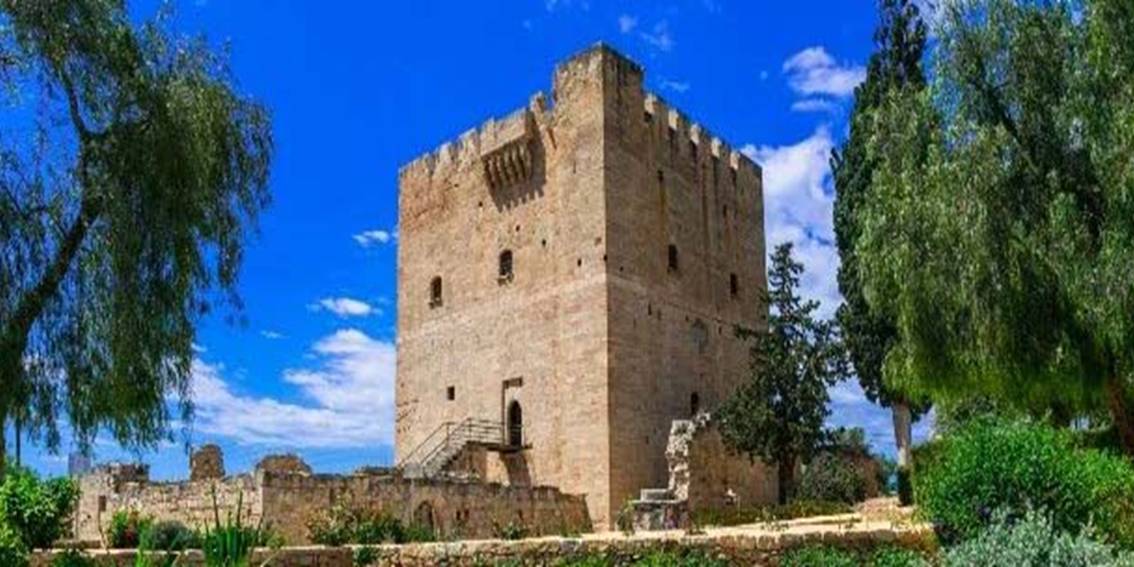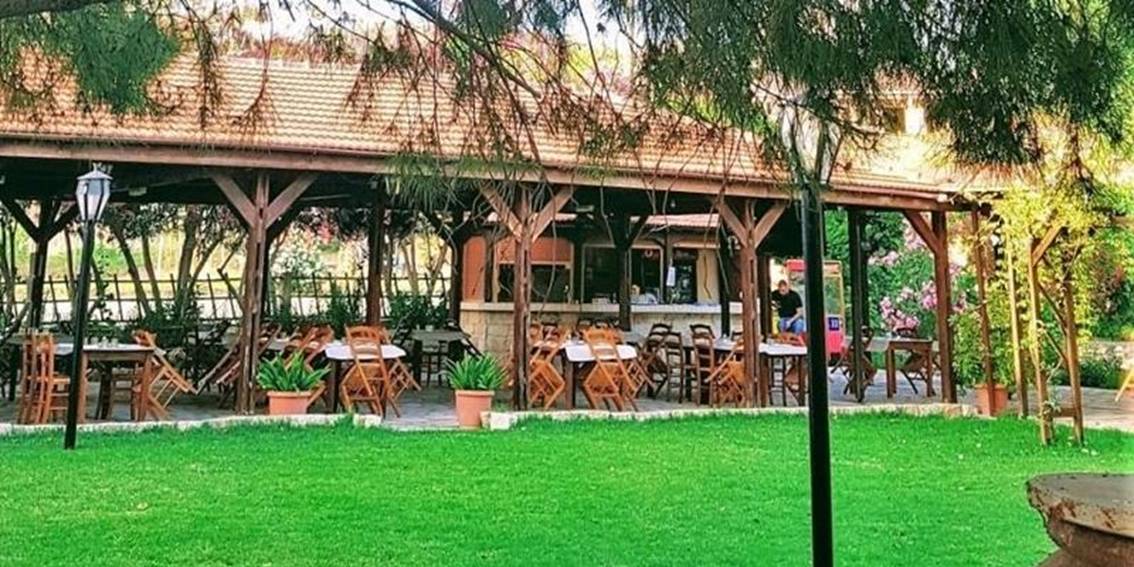Built-in the 13th century
Kolossi Medieval Castle, located near the city of Limassol in Cyprus, offers a fascinating glimpse into the island’s storied past. Built in the 13th century, this well-preserved fortress stands as a testament to the strategic and military significance of Cyprus during the medieval period.
The Knights of the Order of St. John of Jerusalem constructed Kolossi Castle around 1210. They chose this site for its strategic position, overseeing the fertile plains and ensuring control over the surrounding land. The castle also functioned as a key point in the production of sugar and wine, two major commodities of the time. The Knights fortified the structure to protect their economic interests and maintain regional stability.
A Typical Medieval Military Architecture
Kolossi Castle showcases typical medieval military architecture. The castle features a three-story keep, rising to about 21 meters, built from local limestone. This central tower served as both a defensive stronghold and a residence. The thick walls, narrow windows, and fortified entrance reflect the architectural strategies used to repel attackers and withstand sieges. Each floor had distinct functions, with the ground floor used for storage, the first floor serving as a living area, and the top floor functioning as an observation point.
The courtyard of Kolossi Castle includes remnants of other structures, such as storage rooms, stables, and a chapel.

The chapel, dedicated to St. Eustace, highlights the religious significance of the site for the Knights. Frescoes and inscriptions inside the chapel offer insights into the religious practices and artistic sensibilities of the medieval period.
The Role of the Castle
Kolossi Castle’s history took a notable turn in the 14th century when the Knights Templar briefly took control of the fortress. Following the dissolution of the Templar Order, the castle returned to the Knights of St. John. They continued to use it as a base for their operations in Cyprus, ensuring its maintenance enhancements included rein and strategic importance.
In the 15th century, the castle underwent significant renovations under the command of Louis de Magnac, a notable figure in the Order of St. John. These enhancements included reinforcing the walls and updating the interior to

reflect the evolving needs of the occupants. The castle’s current form largely reflects these renovations, showcasing a blend of original medieval architecture and later modifications.
Panoramic Views of the Surrounding Countryside
Visitors to Kolossi Castle can explore its interior and exterior, gaining a comprehensive understanding of its historical and architectural significance. Climbing to the top of the keep offers panoramic views of the surrounding countryside, providing a sense of the strategic advantages offered by the castle’s location. Informative displays and interpretive signs throughout the site enhance the visitor experience, explaining the castle’s role in the region’s history.
Kolossi Castle and Commandaria
Kolossi Castle also holds a special place in the history of Commandaria, the famous Cypriot sweet wine. The castle’s proximity to the vineyards and its role in the production and storage of this wine link it closely to the heritage of Cypriot viticulture. Commandaria remains one of the world’s oldest named wines, and its association with Kolossi Castle underscores the region’s long-standing winemaking tradition.

A Monument to the Medieval History of Cyprus
Kolossi Medieval Castle stands as a remarkable monument to the medieval history of Cyprus. Its well-preserved structure, strategic significance, and connections to the Knights of St. John make it a must-visit site for anyone interested in the island’s rich heritage. By exploring Kolossi Castle, one can step back in time and experience the enduring legacy of Cyprus’s medieval past.




